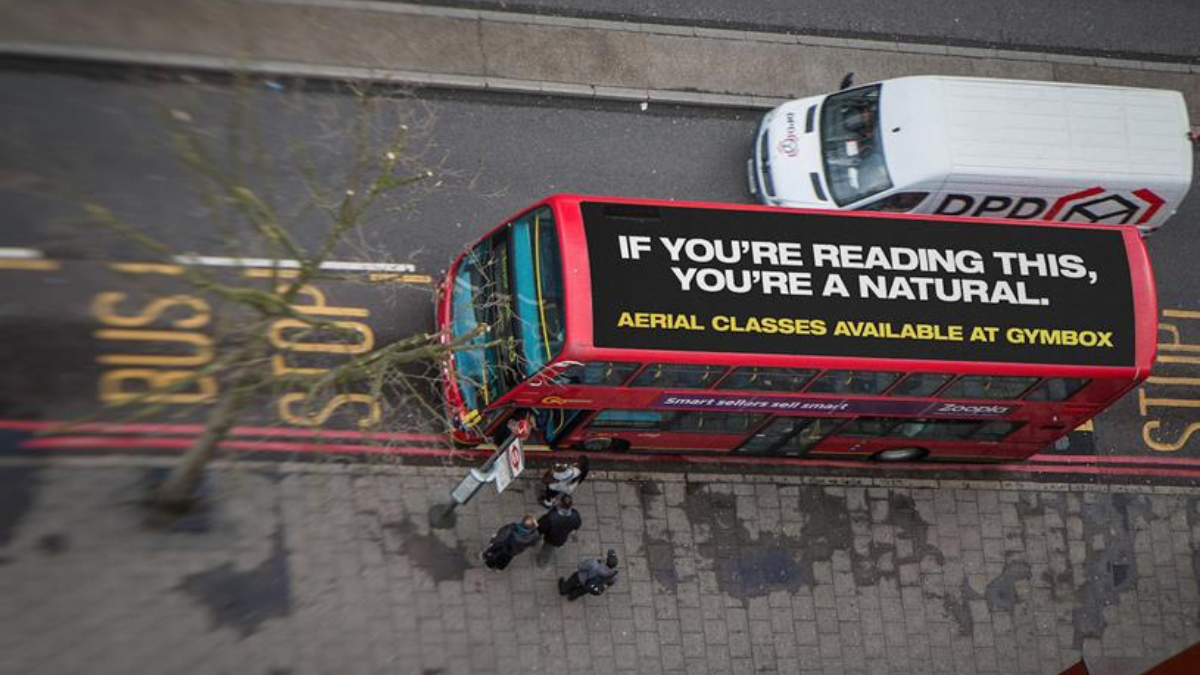CGI ad campaigns have sparked heated debate among creative directors and those working within the wider industry. Conversations focus on their impact and whether their adoption poses a genuine risk to the authenticity and beauty of traditional advertising methods. Does CGI work? Is it appreciated? Or is it just a cheap trick that lazily replaces a craft that’s been finessed over decades?
Evolution of advertising
Unpicking this dilemma, it’s crucial to acknowledge the transformative journey the ad industry has gone through over the years. It’s truly evolved, adapting to thrive in today’s digitally progressive world. Filling screens and having to span application to survive: from the Mad Men era to the ‘information age’, it has witnessed seismic shifts.
Traditional campaigns, characterised by meticulous planning and human creativity, have long been the bedrock of successful brand promotion. Yet the 21st century has ushered in a new era dominated by algorithms, artificial intelligence, and computer-generated content.
A technological marvel
CGI has undeniably revolutionised the landscape, offering unparalleled possibilities for visual storytelling. Sometimes used to depict unachievable scenes. Whimsical moments where a London underground train has eyelashes and can wear mascara (thanks to Maybelline) or where enormous luxury handbags have wheels and drive around the streets of downtown Paris (imagined by Ian Padgham for Jacquemus).
The ability to create hyper-realistic, fantastical worlds, and awe-inspiring visuals is a testament to the technological strides we’ve made. CGI has become the go-to tool for brands seeking to push boundaries of conceptual creativity. Used to capture the attention of an increasingly visual sophisticated audience. But has this changed the expectation from consumers of what creative campaigns should look like?
The advantages are hard to ignore
CGI provides flexibility and adaptability. Results enable brands to create content not bound by limitations of the physical world. High quality visuals can be created without the logistical challenges of shoots or large-scale productions, for a cost-effective and quick solution. It helps to meet tight deadlines without compromising on the visual impact. And, in a world where speed and efficiency is more often dictating work actually being commissioned by clients, CGI seems to be the answer.
Questioning authenticity
Though it’s evident CGI does have its benefits, it also raises concerns about the future soul of advertising. Traditional campaigns that are rooted in real-world scenarios and human emotion are cherished for their authenticity. A world generated by CGI, with its sometimes unbelievable polished perfection, may sacrifice the raw and genuine connection that audiences often seek from advertising.
Could CGI start to eradicate the tangible and memorable experiences that advertising can evoke? And if things are so unbelievable, can we still really resonate with it?
But there is something bigger to consider. A new moral code for creators perhaps? If CGI is being used to mock ‘reality’ vs. fantasy, should it be announced to the public? Or is it okay to sit back, watch the reaction to what you’ve put out and relish in the attention it creates, positive or negative?

Take the Gymbox ad for aerial pilates and yoga classes for example. The gym chain used CGI to create ‘the first bus top ad in London’. They launched it as a legit OOH campaign and claimed their plan was to roll out another 12 across London buses in the following weeks. This never happened.
There was no record the ad existed, according to Global and TfL. And the doctored image the ad used was a 2019 stock photo, which can be found online.
The question is whether this campaign was done ethically, or did they cut corners using CGI and dupe the media and general public? Was this an example of CGI being used to manipulate and mislead, or was it just a creative marketing stunt?
The balance
The challenge for creative directors or for brands that are challenging them is to find a harmonious balance between CGI-generated campaigns and traditional authenticity.
Rather than viewing CGI as a threat, it may be more fruitful to explore how these technologies can complement rather than replace the human touch in advertising. Combining the visual prowess of CGI with the emotional storytelling of traditional campaigns could lead to a hybrid approach that captures the best of both worlds.
Featured image: Gymbox CGI ad

































